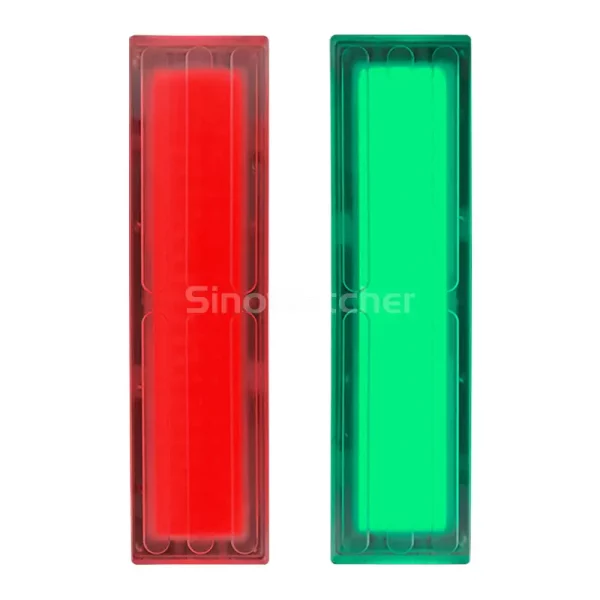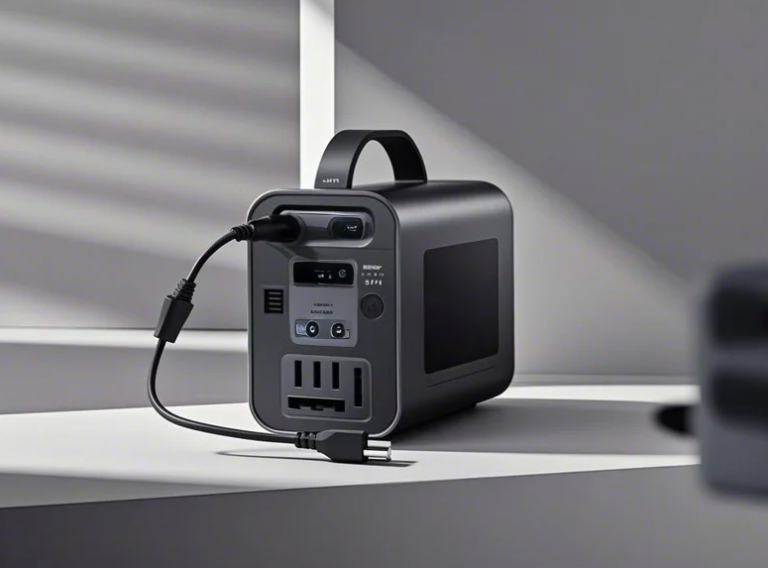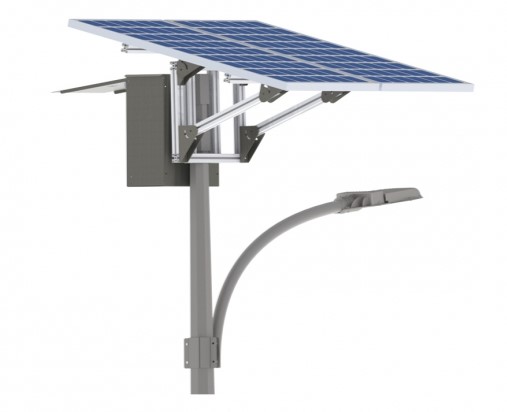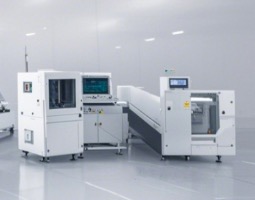Table of Contents
Glasses-free 3D technology has revolutionized how we experience three-dimensional content, allowing viewers to enjoy 3D images and videos without the need for specialized eyewear. This cutting-edge technology has gained significant traction in various industries, from entertainment to healthcare, providing a more immersive and accessible viewing experience. But what technologies make glasses-free 3D possible? Let’s explore the key advancements behind this innovation.
Core Technologies Behind Glasses-Free 3D
1. Autostereoscopic Displays
At the heart of glasses-free 3D is the autostereoscopic display, which enables the illusion of depth without requiring users to wear glasses. These displays use a combination of optical techniques to direct light in specific patterns, creating different views for each eye. The technology relies on lenticular lenses, parallax barriers, or light-field displays to achieve this effect.
Lenticular Lenses: These lenses are often placed over an LCD panel to direct light to each eye at a slightly different angle. The viewer sees a different image in each eye, which the brain processes as 3D. The display’s resolution can range from 1280×720 to 1920×1080, and the angle of viewing can vary depending on the display’s quality and design.
Parallax Barrier: A parallax barrier is a thin layer of material with holes that are precisely aligned with the pixels on the display. When the viewer positions themselves correctly, each eye sees a slightly different set of pixels, creating a 3D effect. This system is typically used in smaller displays, such as smartphones and handheld gaming devices.
2. Light-Field Displays
Light-field displays represent the next level of glasses-free 3D technology, offering a more realistic and dynamic 3D experience. These displays use advanced computational techniques to project light rays that can be perceived from different angles, providing a 360-degree view. This results in a highly immersive and natural 3D effect, even when moving around the display.
The resolution of light-field displays is notably higher than that of traditional 3D displays, typically in the range of 4K to 8K, providing an ultra-high-definition viewing experience. The complexity and cost of light-field technology have limited its widespread adoption but it is expected to be a major part of the future of glasses-free 3D.
3. Integral Imaging
Integral imaging is another critical technology used in glasses-free 3D displays. It involves capturing 3D images using a series of lenses and projecting them onto a screen to create a natural 3D effect. Integral imaging is particularly useful in applications where the 3D effect needs to be viewed from multiple angles without distortion.
This technique can achieve impressive multi-view effects, allowing different viewers in the same space to perceive the 3D content from their perspective. The technology has been employed in large-scale digital signage and exhibits, where viewers can experience high-quality 3D visuals without any special equipment.
Benefits and Challenges of Glasses-Free 3D
Advantages
Enhanced Immersion: Glasses-free 3D allows users to enjoy a more immersive experience, especially in gaming and entertainment. The natural viewing experience enhances engagement, making the content feel more lifelike.
Accessibility: Without the need for glasses, viewers can enjoy 3D content on the go, such as on smartphones, tablets, or public digital signage. This accessibility broadens the appeal of 3D media, making it more versatile and user-friendly.
Challenges
Viewing Angle Limitations: One of the main drawbacks of glasses-free 3D displays is that the effect is often limited to a narrow viewing angle. The viewer must be positioned within a specific zone to experience the 3D effect properly, which can restrict its use in large-scale displays.
High Production Costs: The technology behind glasses-free 3D displays can be expensive, especially when using advanced methods like light-field displays or integral imaging. This has led to higher production costs, limiting their adoption in mass-market products.
Conclusion
Glasses-free 3D represents a leap forward in how we consume visual content, combining various innovative technologies such as autostereoscopic displays, light-field displays, and integral imaging. As these technologies continue to evolve, we can expect even more realistic and immersive 3D experiences that require no special equipment. Although challenges like viewing angles and production costs remain, the future of glasses-free 3D looks bright, especially as new advancements make the technology more accessible and affordable.
0









